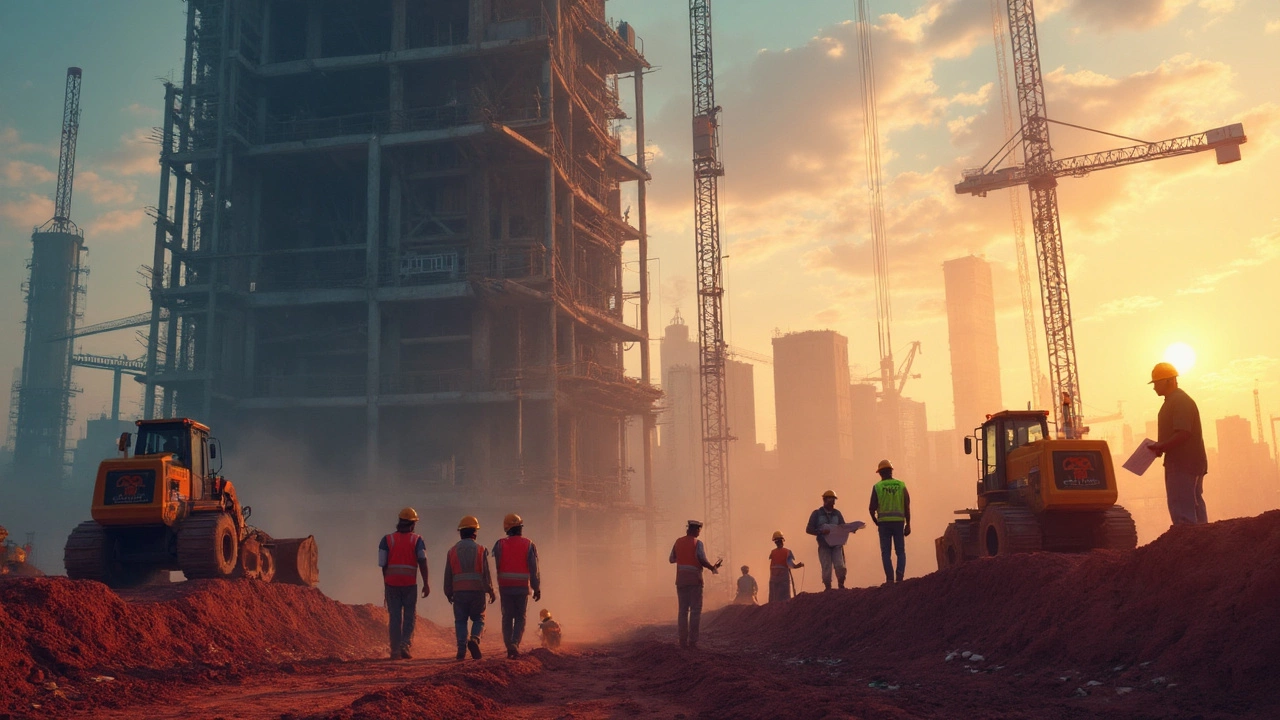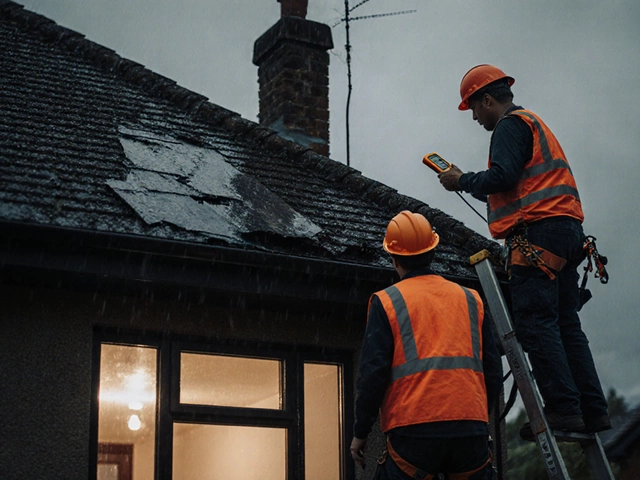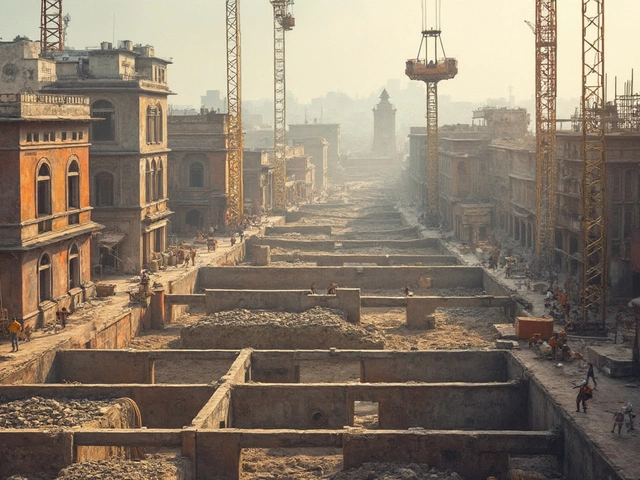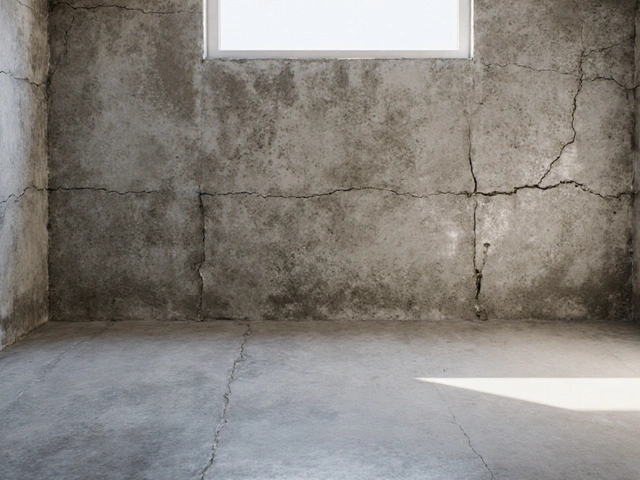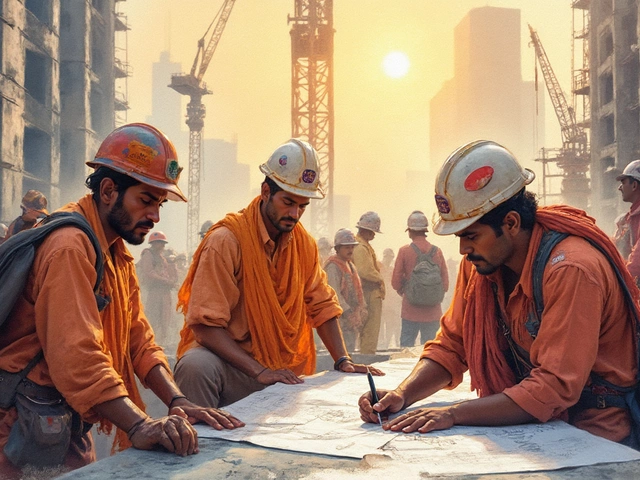Infrastructure in Construction: What It Is and Why It Matters
When we talk about infrastructure, the underlying systems and structures that support buildings and communities. Also known as built environment backbone, it includes everything from roads and bridges to water lines and electrical grids that make modern construction possible. Without solid infrastructure, even the best-designed building won’t last. It’s not just about the structure you see—it’s about what’s underneath, around, and supporting it.
Good infrastructure means your foundation won’t settle unevenly, your pipes won’t burst in winter, and your power won’t go out during a storm. It’s why foundation repair, the process of stabilizing a building’s base to prevent damage is so critical. If the ground beneath a building shifts, the whole structure pays the price. That’s why professionals check for signs of settlement, cracks, or poor drainage long before they lay the first brick. And it’s also why commercial construction, building projects designed for business use, like offices, malls, or warehouses has stricter rules than residential builds. Commercial projects need to handle heavier loads, more foot traffic, and longer lifespans—all of which depend on infrastructure that’s built right the first time.
Building codes don’t just cover walls and roofs—they dictate how deep your footings go, how wide your access roads are, and even how far your utility lines must be from your foundation. That’s why you can’t just slap a steel frame on a weak base and call it done. Mixed-use buildings? They need fire separations. New builds? They need proper drainage and soil testing. And if you’re trying to drill into a wall without knowing where the pipes run? You’re not just risking damage—you’re risking safety.
Infrastructure isn’t glamorous. No one takes photos of underground sewer lines. But when it fails, everyone notices. That’s why the most expensive repairs aren’t always the roof or the HVAC—they’re the things you can’t see until it’s too late. Foundation cracks, unstable soil, poor drainage—these aren’t fixes you can delay. They’re signals that the infrastructure is failing.
What you’ll find below isn’t just a list of articles. It’s a practical guide to what really holds buildings together. From the cost of underpinning to why commercial and industrial projects differ, from when to call a structural engineer to how building codes shape what you can and can’t do—you’ll see how infrastructure connects every project, big or small. Whether you’re a homeowner worried about cracks or a contractor planning the next job, this collection gives you the real talk behind the concrete.
